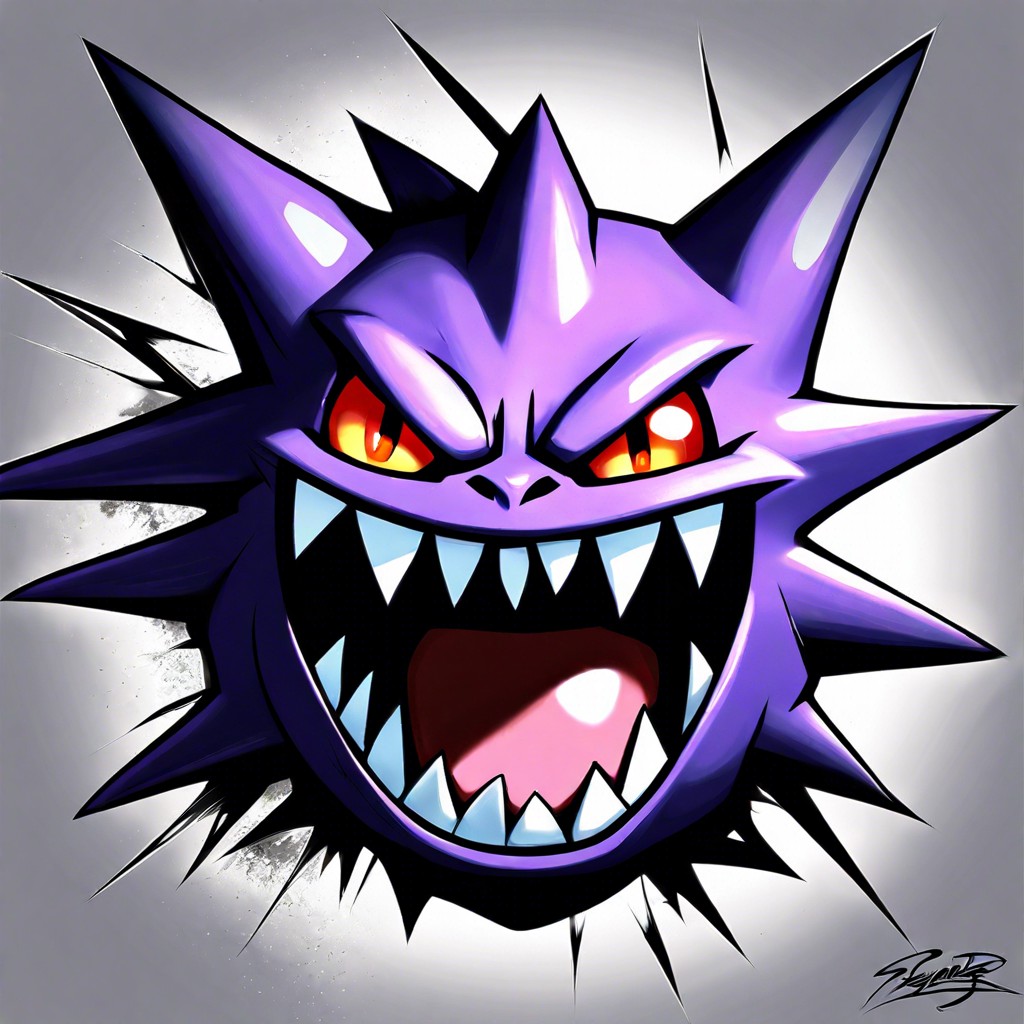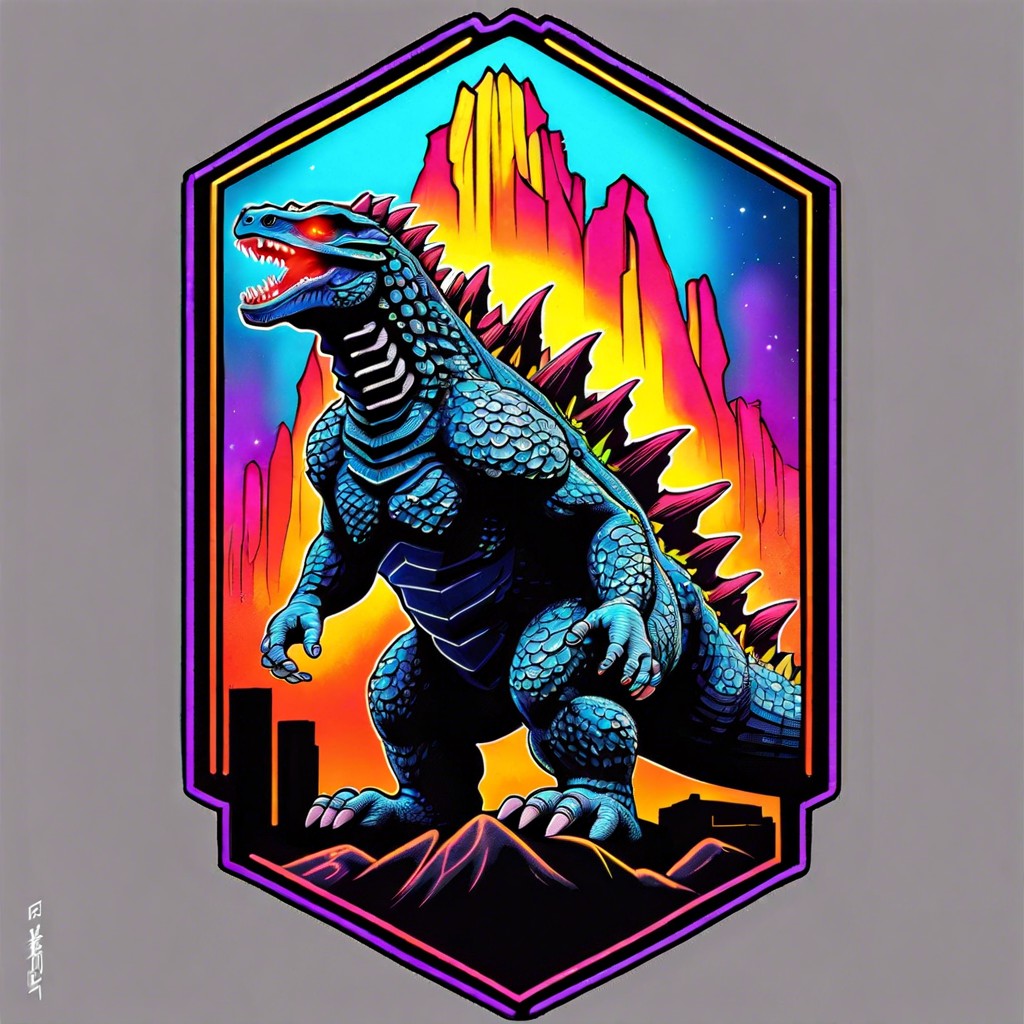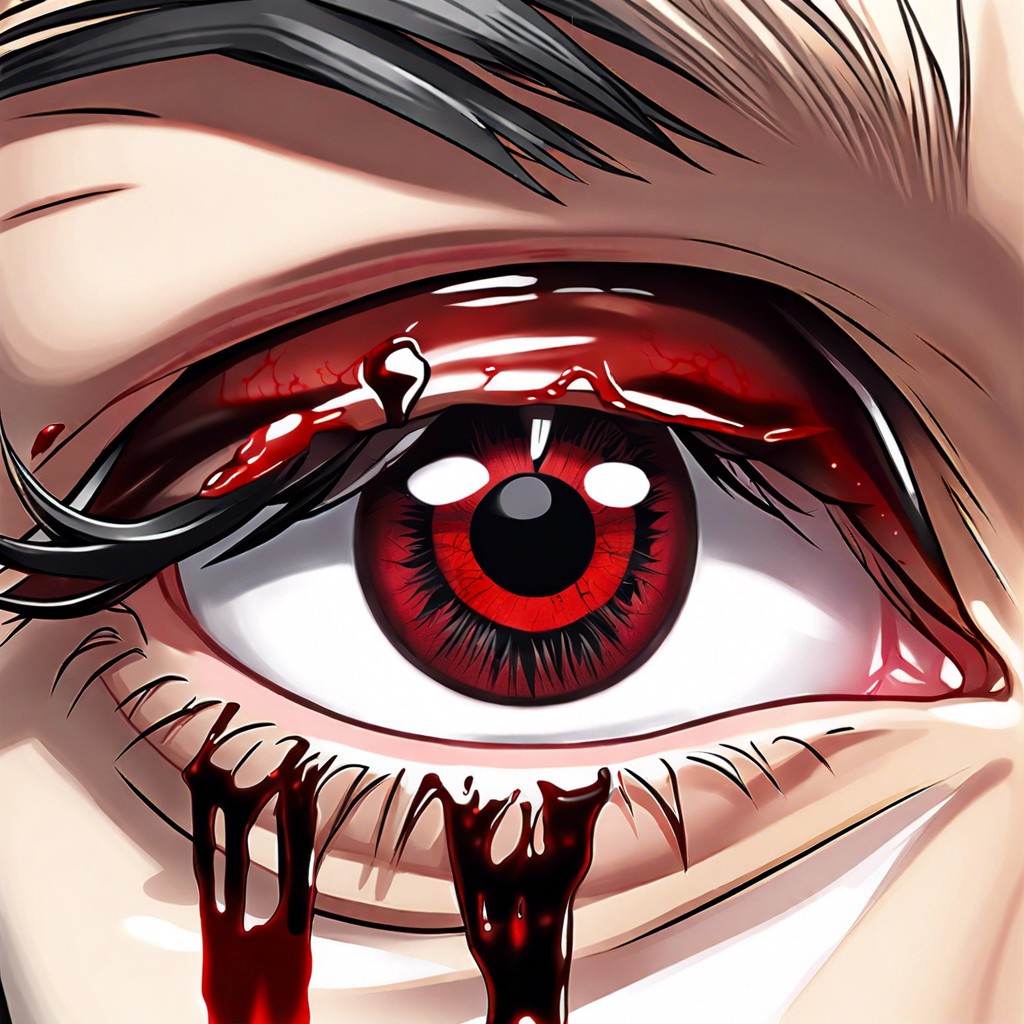Discover the intricate symbolism and history behind the traditional Yakuza tattoos and how they have influenced modern tattoo designs.
History of Yakuza Tattoos

Yakuza tattoos originated in the Edo period as a form of punishment, where criminals were marked with ink as a permanent indicator of their offenses. Over time, these markings evolved into complex designs that members of the Yakuza adopted as full-body suits to signify loyalty and dedication to their syndicate. The intricate art became a badge of honor and a private way to display one’s status and identity within the organization.
Symbolism Behind Common Yakuza Tattoo Motifs

Yakuza tattoos often feature symbolic elements such as the dragon, embodying strength and wisdom, or the koi, representing perseverance and good fortune. Each tattoo tells a story of personal achievement, aspirations, or the wearer’s commitment to their group. Motifs like the cherry blossom denote the transient nature of life, echoing the Yakuza’s readiness to embrace their fate.
Full Bodysuit Tattoos in Yakuza Culture

Full bodysuit tattoos serve as a mark of commitment and personal sacrifice, embodying the wearer’s dedication to the yakuza family. These intricate tattoos often tell a story through interconnected images, representing the individual’s life, beliefs, and achievements within the organization. Unlike typical Western tattoos, the full bodysuit remains hidden under clothing, distinguishing a member’s public persona from their private allegiance to the yakuza code.
The Process of Getting a Traditional Yakuza Tattoo

Obtaining a traditional Yakuza tattoo typically involves the Tebori technique, where artists use hand-made tools to insert ink into the skin. These sessions can be intensely lengthy and may require multiple visits to complete the intricate designs that often cover large areas of the body. Due to the cultural significance and pain involved, getting inked in this manner is seen as a commitment to the Yakuza path and a proof of one’s endurance and loyalty.
The Role of Tattoos in Yakuza Identity

In the Yakuza, tattoos are more than mere body art; they signify commitment to the family and its hierarchical structure. Each design carries weight, from traditional symbolism to personal achievements and status within the organization. For members, these intricate ink pieces act as a coded language, expressing loyalty and history that is worn with honor and pride.
Irezumi: The Art of Japanese Tattooing and Its Relation to Yakuza

Irezumi, the traditional Japanese tattooing technique, involves intricate, hand-carved designs that often cover large areas of the body. These tattoos are deeply intertwined with Yakuza members, serving as symbols of loyalty and the hardships overcome within their ranks. The painful and time-consuming process of creating Irezumi echoes the commitment required to be part of the Yakuza, marking these tattoos as badges of honor and dedication.
Tattoo Taboos and Social Stigma in Japan

In Japan, visible tattoos often lead to exclusion from public spaces like hot springs, gyms, and some workplaces, reflecting a deep-seated association with criminal elements. The stigma is so ingrained that individuals with tattoos, regardless of their background, may find themselves subject to discrimination. This apprehension towards inked skin has its roots in the historical connection between elaborate tattoos and the Yakuza, marking members of the underworld and creating a societal barrier for those adorned with similar art.
The Significance of Koi Fish in Yakuza Tattoos

Koi fish embody perseverance and strength in Yakuza tattoos, representing the bearer’s ability to overcome obstacles like the Koi swimming upstream. The colors and direction of the Koi can signify different attributes, such as ambition or triumph in adversity. A Koi transforming into a dragon, a common Yakuza motif, symbolizes ultimate success and reflects the individual’s journey in the organization.
Yakuza Tattoo Motifs: Dragons, Tigers, and Cherry Blossoms

Dragons are a central motif symbolizing strength, wisdom, and the power to protect. Tigers represent courage, longevity, and are often depicted in mid-action to suggest ferocity in life challenges. On a softer note, cherry blossoms signify the ephemeral beauty of life, underscoring the Yakuza’s acceptance of their potential fate.
Tebori Vs. Machine: Techniques in Yakuza Tattoo Art

Tebori, the traditional Japanese hand-carving technique, offers a unique tactile sensation for the artist and recipient, creating subtle gradations in shading that machines can struggle to replicate. In contrast, tattoo machines allow for a much quicker application and are capable of producing consistent lines and more precise detail. The choice between Tebori and modern methods often comes down to personal preference for both Yakuza members and tattoo artists, with some opting for the authenticity of the manual process and others embracing the efficiency and innovation of technology.
The Importance of Tattoo Placement On the Body in Yakuza Culture

In Yakuza culture, specific tattoos placed on certain body parts can indicate a member’s rank or experiences within the organization. Tattoos that are highly visible, such as those on the hands or neck, often denote a higher status, showcasing the bearer’s commitment and disregard for the concealing norms of society. Hidden tattoos, however, may represent personal milestones or significant events known only to the bearer and the inner circle, preserving the mystique of their inked narratives.
The Impact of Yakuza Tattoos On Global Tattoo Trends

Yakuza tattoos have inspired a fascination with Japanese iconography, leading to a surge in the popularity of designs such as koi fish, dragons, and cherry blossoms. Their intricate patterns and rich symbolism resonate with tattoo enthusiasts worldwide, fostering a cross-cultural exchange of artistic styles. Despite their controversial origins, these tattoos have been reinterpreted in various ways, influencing modern tattoo art beyond the realm of organized crime.
Traditional Tattoo Artists Specialized in Yakuza Style

Masters of their craft, these artists maintain a profound respect for tradition through their dedication to the tebori method, a hand-carving technique that dates back to the 19th century. Known for their selective clientele, they often require introductions or proof of commitment before agreeing to undertake the significant task of creating a Yakuza-style bodysuit. Their studios are sanctuaries of the age-old art, preserving the clandestine heritage of Yakuza tattoos amid an evolving cultural landscape.
The Consequences of Having a Yakuza Tattoo in Contemporary Japan

In modern Japan, those adorned with Yakuza tattoos often face social exclusion, as the ink is associated with gang membership and criminality. Employment opportunities may be significantly limited for individuals with visible tattoos, due to stringent corporate policies against them. Public perceptions remain largely negative, resulting in a subculture forced to navigate daily life with discretion to avoid discrimination.
The Representation of Yakuza Tattoos in Media and Popular Culture

Yakuza tattoos often symbolize a blend of fear and respect in films and literature, underscoring the menacing power of their bearers. In video games and anime, these intricate designs grant characters an aura of mystery and a visual shorthand for their backstory or affiliation. Fashion and music industries occasionally adopt the iconic imagery, at times provoking controversy for appropriating a deeply rooted cultural element without acknowledging its complex significance.



